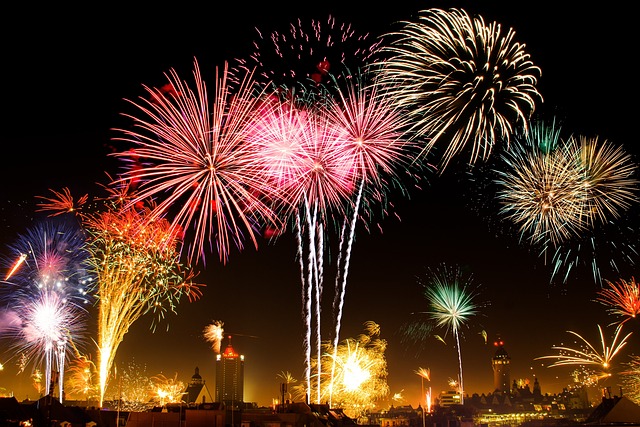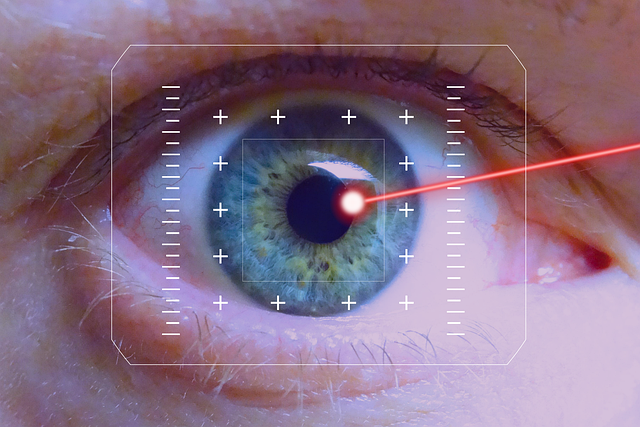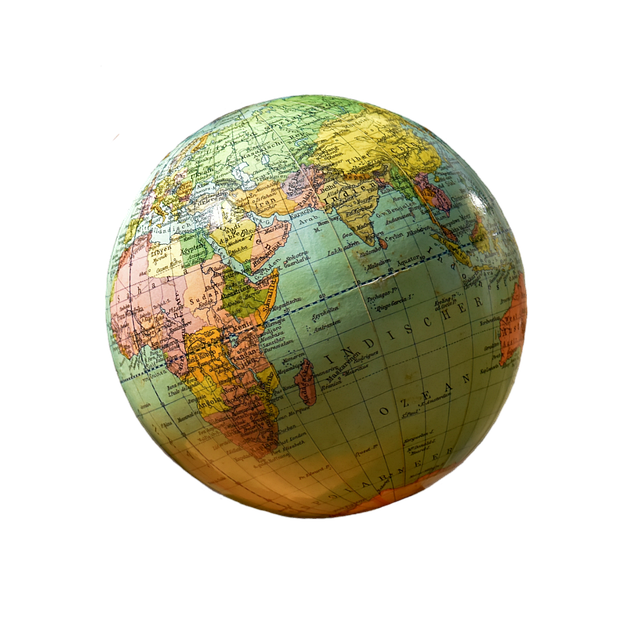Capturing the Magic: A Guide to Shooting Dazzling Light Photographs
There is something truly enchanting about dazzling light. Whether it’s the twinkle of city lights at night, the soft glow of sunrise filtering through trees, or the mesmerizing dance of light trails from moving vehicles, these moments captivate our senses and evoke a sense of wonder. As photographers, capturing that magic isn’t just about technical skill—it’s about feeling the light, understanding its mood, and freezing those fleeting moments that make the world around us shine.
Seeing Light Beyond the Lens
Before your camera even comes out of the bag, start by tuning into the light itself. Notice how it behaves around you: Is it harsh and bold, casting sharp shadows? Or is it gentle and diffuse, wrapping the scene in softness? Dazzling light can be dramatic or subtle, but it always tells a story. By training your eye to observe these nuances, you’ll discover new photographic opportunities that others might overlook.
Choosing the Right Time and Place
Natural light changes throughout the day, and some of the most dazzling effects occur during the golden and blue hours—the periods just after sunrise and just before sunset, and the hour after sunset respectively. During these times, the sunlight has a warm, rich quality that adds depth and texture to your images.
Urban environments also offer fantastic possibilities for dazzling light photography. Neon signs, street lamps, and reflections in puddles or windows can add sparkle and intrigue. Don’t hesitate to explore at night—use long exposures to capture the vivid trails of passing cars or the glow from illuminated buildings.
Mastering Your Camera Settings
Technical control is your bridge from seeing dazzling light to capturing it. Here are some tips to make the most of your gear:
- Aperture: A wider aperture (lower f-number) can help isolate light sources and create beautiful bokeh effects, adding a dreamy quality to your photos.
- Shutter Speed: Slower shutter speeds allow you to capture movement in light, such as star trails or light painting, transforming ordinary scenes into dazzling masterpieces.
- ISO: Keep your ISO as low as possible to maintain image clarity. However, modern cameras handle high ISO well, so don’t be afraid to increase it slightly when shooting in dark conditions.
- Manual Focus: Light scenes can sometimes confuse autofocus. Switching to manual focus ensures you keep your dazzling light points sharp.
Creative Techniques to Enhance Dazzling Light
Try experimenting with reflections, prisms, or even light filters to introduce unique elements into your shots. Reflections on water or glass can double the impact of a scene, creating symmetry and depth. A prism held in front of the lens can split light into colorful rainbows, adding an ethereal touch to your photos.
Light painting is another exciting technique where you use a flashlight or LED to “draw” in the air during a long exposure. This creates stunning patterns of dazzling light that feel almost magical.
Post-Processing: Bringing Your Vision to Life
Editing is where you can fine-tune the brilliance of your dazzling light photographs. Increase contrast slightly to intensify shadows and highlights, or boost saturation to make colors pop. But be careful not to overdo it—subtle adjustments often retain the authenticity and emotional impact of the original light.
Play with sharpening tools to define edges and highlight points of light. Add vignettes to draw the viewer’s eye toward the center or the most important part of the image.
At the heart of dazzling light photography is an invitation to slow down and immerse yourself in the beauty around you. When you learn to truly see and appreciate light’s ephemeral magic, every photograph becomes a heartfelt expression of the luminous world we live in.




